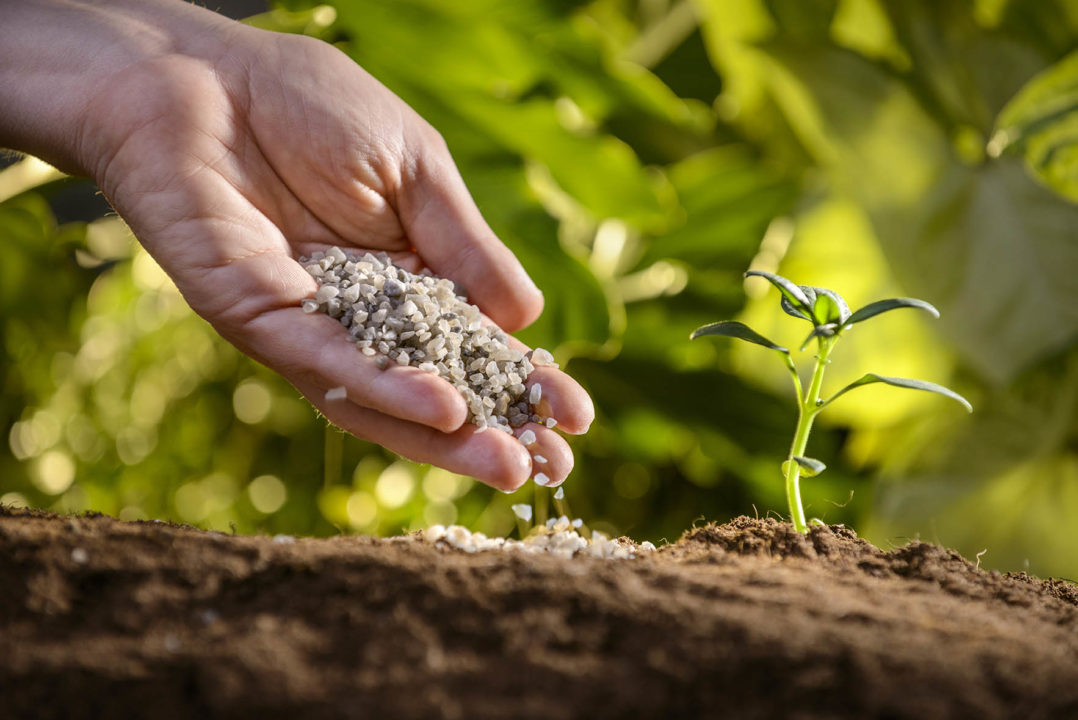This Column Is Terrible
Does the negative always trump the positive in getting a reader’s attention? It would seem so based upon the evidence. Furthermore, I believe this presents a huge problem for all things agriculture in the Internet Age.
First, some background on why I bring this up. Back in mid-July, I was privileged to be a speaking guest with Executive Editor Paul Schrimpf at a regional meeting for GROWMARK in Indianapolis, IN. Since this was a smaller gathering of individuals — approximately 30 or so in attendance — Paul and I used the same point/counterpoint format we employ in our weekly video chats instead of giving full PowerPoint-laden presentations. We talked about all the current issues impacting the agricultural marketplace — both positive and negative — such as consolidation, commodity prices, industry rumors, and the overall outlook for the ag retail business over the next few years.
When we finished speaking after our one-hour time block was up, we fielded questions from the audience. The first one out of the gate shouldn’t have surprised me.
“Why do you in the media keep only reporting the negative stories about agriculture and never the positive ones?” asked one attendee.
I answered as best I could. “Because more readers will read a story that has the headline ‘Agriculture is Destroying the Planet’ vs. one that says ‘Agriculture is Saving the Planet.’”
Don’t believe this is true? Then consider a recent case study on this topic.
In late July, New York magazine presented a story to its readers called “The Case Against the Media. By the Media.” The article discussed the pervading sense among readers that the media today generally focuses solely on the negative, but it found that the readers themselves are partly to blame.
“The reason why the news seems so terrible is because that’s, in fact, what people tend to want,” said the story.
The magazine then put this theory to a test. When the article was posted on Facebook, it went live under two different headlines: “The Media is Terrible” and “The Media is Fantastic.” In the end, 74% of the readers clicked on the “terrible” headline vs. only 26% for the “fantastic” one. (And now you understand this column’s headline.)
So let’s go back to the question from the GROWMARK meeting attendee regarding getting positive news about agriculture to readers vs. negative items. Based upon the findings from the New York magazine study, this will continue to present a very confounding conundrum for those of us who want to tell “good news stories” about agriculture and have them gain any type of reader attention. Right now, there doesn’t seem to be a good solution.
An old broadcast news proverb proclaims “if it bleeds, it leads.” Unfortunately, with all the other changes that have taken place in media reporting the past 40 years, negative news still seems to fascinate readers more than positive stuff.






